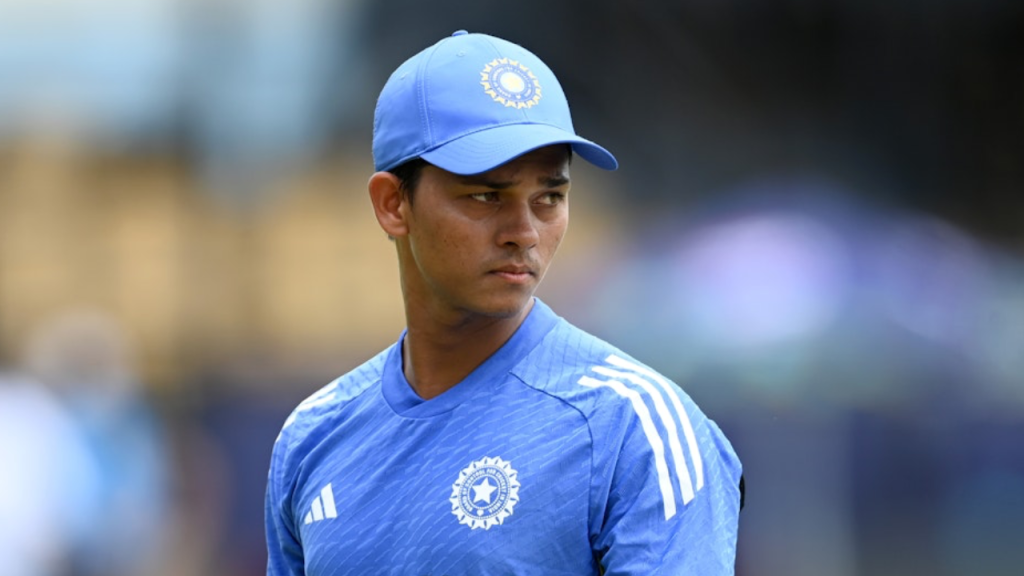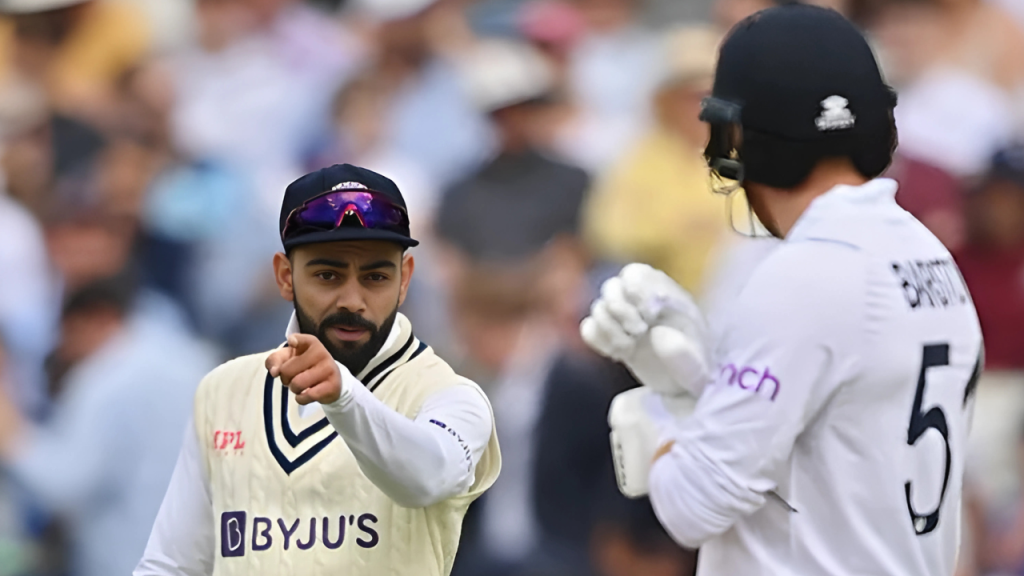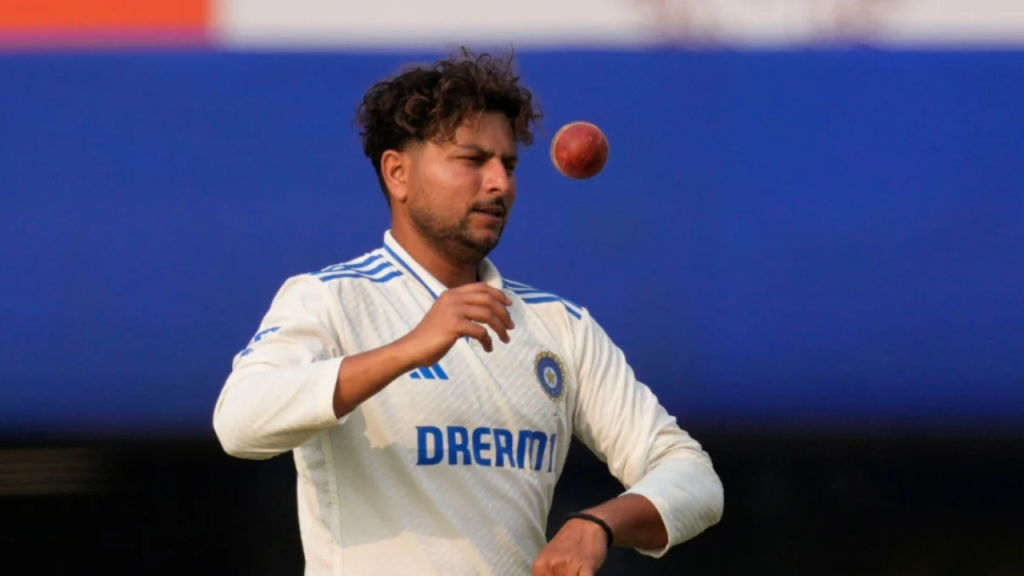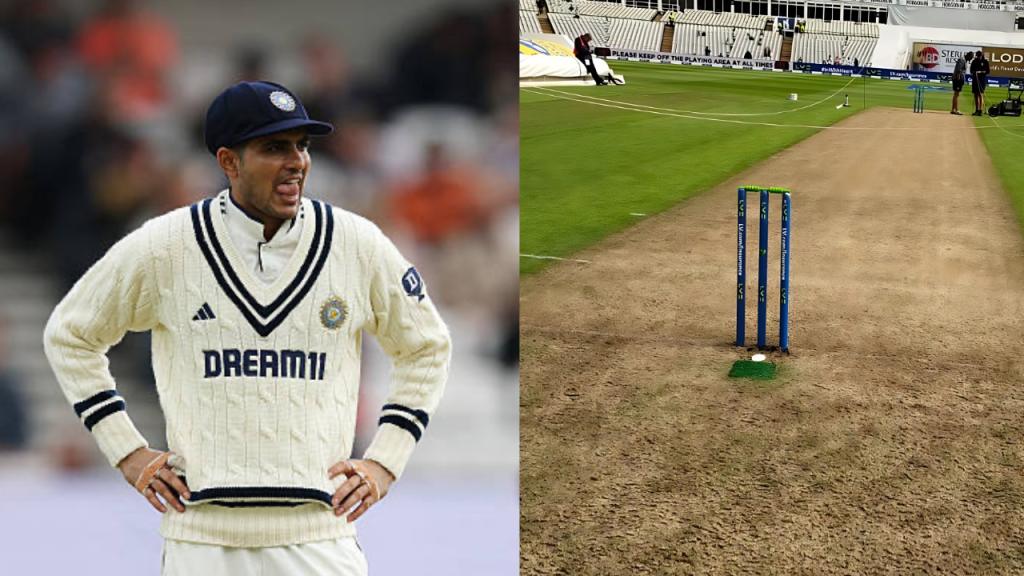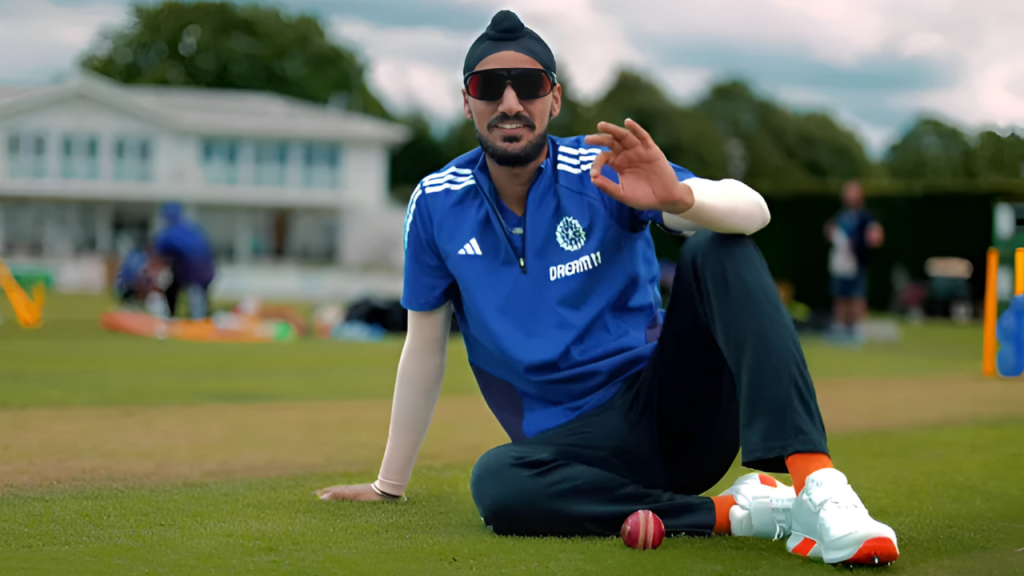They say that cricket is a gentleman’s sport but if we actually delve into it a bit deeper than its usual chivalrous façade, there are secrets that can even put the devil to shame. Spanning from bookies to players getting into fisticuffs, ball-tampering to heated altercations, cricket has often been plagued by unsavory controversies that have marred its illusion of the gentleman’s game.
One of the incidents that were passed on as a medical fiasco was the sudden death of Pakistani coach, Bob Woolmer. With factions split over the consensus that he was murdered or he died of a heart attack, the 2007 World Cup remained tarnished with the demise of a controversial father figure in cricket.
Faf du Plessis recently confessed that he received death threats from his fellow countrymen after South Africa bowed out of the 2011 World Cup in a low-scoring thriller against New Zealand. With such dark incidents coming to the light of day, cricket that has been deemed as the gentleman’s sport has always thrived under the veil of darkness.
Previously we have tried to bring you a team of eleven controversial cricketers who had a special romantic kinship with trouble. However, in today’s story, we will bring you a team of eleven cricketing controversies, masqueraded in the form of openers, middle-order and bowlers, varying to the degree of shadow that they cast upon this wonderful game in the due course of time. Not all the incidents can be mentioned due to the confinement of number eleven, however, if you believe that there are a few incidents that should have been mentioned, please feel free to comment.
Openers:
Hansie Cronje match-fixing scandal in 2000 and Pakistan match-fixing scandal in 2010
Needless to say but match-fixing has been the worst ailment plaguing the sport over and over again. Despite rigorous attempts from ICC and various cricket boards, this illness has managed to rear its ugly head and with time has evolved along with the evolution of technology in cricket.
One of the darkest phases in cricket came when Hansie Cronje was nabbed while trying to engineer the upshot of the game in close collusion with a bookie. It was a Test match against England in Centurion in 2000 which unfortunately was washed away by heavy downpour and the South African skipper was found guilty a few months later. He resigned from the game after being disgraced by one of the biggest ignominies in sport. In fact, it seemed to be such an amplifying event, several Indian players that included the likes of Mohammad Azharuddin and Ajay Jadeja were dragged to the same. Cronje passed away in 2002 in a plane crash that also had rumours of foul elements at play.
In 2010, cricket came to an astonishing halt because Pakistan was found in the midst of a morass so dark that it changed the face of their cricketing spectacle forever. Three Pakistani cricketers, Mohammad Amir, Salman Butt and Mohammad Asif were caught in an unfortunate mesh of match-fixing. The trio was found deliberately bowling no-balls in a Test match against England at Oval. The triptych of infamy was given marching orders from cricket for varying periods and Pakistan went through a paradigm shift in the forthcoming years.
Middle Order:
Andrew Symonds and Harbhajan Singh race bout, the slap of racism in the Basil D’Oliveira affair, Bodyline cricket, Tony Greig’s comment stoking slavery, World Series cricket, New Zealand versus West Indies in 1979-80
This is going to be a prolonged middle-order given the integument of impenetrable darkness that has disgraced the sport for a prolonged period of time. We will start poking in the middle-order with a slap of racism which will later devolve into a slugfest that could have even made a blockbuster hit at the Madison Square Garden.
In India’s tour of Australia in 2008, things spiraled out of control as countless incidents of controversy infested that series. What started with a battle between Ponting and Ganguly shortly stooped to an off-the-field slugfest between the entire teams. However, the incident that grabbed most of the limelight was the race row between Symonds and Harbhajan Singh. Andrew Symonds inculpated Harbhajan Singh for using a racial slur against him. Both the Indian and the Australian cricket team came together to duke out the incident only to see Harbhajan Singh being suspended for three Test matches. However, the decision got overturned after further investigation with Australia left unhappy about that incident.
The unfortunate incident surrounding Basil D’ Oliveira sparked a row so massive that it led to a moratorium on South Africa being a part of international cricket for two decenniums. England was about to tour the Rainbow Nation in 1968-69 where Basil D’ Oliveira was dropped in debatable fashion. The canards had it in them that South Africa was not willing to play any country that would bring players of mixed race. Oliveira belonged to the aforementioned category and the political repercussions already started brewing. However, the injury of Tom Cartwright introduced him to the team and then South African prime minister, B.J. Vorster said that England will not be allowed in the country. This led to a dominoes effect in the cricketing sodality which led to South Africa being precluded from any kind of participation in international cricket until 1991.

England and Australia had an own brand of exoticness reigning supreme in the initial days of the sport. In 1932-33, cricket was touted as a chivalrous sport and it was judged on the basis of being benign to each other. Of course, Don Bradman had his exquisite arsenal of strokes that he crafted from the pedestal of being the best batter the sport has ever seen but he was never probed with brutality. Spearheaded by Douglas Jardine, the skipper of England, the English fast-bowlers leveled one of the batting virtuosos of all time with some excellent, brutal and reckless fast bowling that targeted the ribs of the Australian batters. Forget chivalry, England won the series by an emphatic margin of 4-1.
West Indies had a formidable team in the ’70s and they were absolutely ruthless and famished for their pursuits. However, the English captain, Tony Greig believed that the Caribbean players beat their drums a lot more than their actual exploits in the fields of war. In a comment made on BBC’s Sportsnight, he said that he will be making the West Indians ‘grovel’ that hinted at cues of slavery. Haplessly, this comment didn’t really sit well with the visitors as they left the Englishmen humiliated, imposing a 3-0 victory.

Recently the world of football was angry at the sudden defection of their favourite clubs with an intention to join a Super League that features no elimination. It was a show of monetary dominance, however, the plan crumbled to the dust in no time. Similarly, cricket had one such development that gestated a little longer than its footballing counterpart when Kerry Packer offered a huge boatload of money to the players in order to join a cricketing league of his own that promised coloured clothing, playing under the floodlights and new camera angles, all at the premium expense of one’s national interest. The players were given the condition of joining this league only under the proviso that they will not be able to play for their country. Packer’s plan failed when he couldn’t secure broadcasting rights in Australia but after peace prevailed over this incensed matter, he managed to change the paradigm of cricket forever with the introduction of One Day cricket and coloured jerseys under lights that seemed like a promised land for several cricketers back in the ’70s.
Towards the late ’80s, the West Indian team bred monsters in their echelons that took the world of cricket by the scruff of its neck and hammered it out of any contention. However, in a series in 1979-80, where the Caribbean players toured New Zealand, the West Indian bowlers weren’t particularly happy about the decisions of the umpire. Things exploded in Dunedin when Michael Holding who was also known as the Whispering Death chose to holler out loud by kicking down the stumps in frustration. Colin Craft also chose to ram into an umpire while being in the middle of his delivery stride.
Bowlers:
John Snow yanked by Australian fan, Trevor Chappel bowls under-arm, Dennis Lille’s use of aluminum bat
In the last Ashes Test in Sydney, England fast bowler, John Snow left the crowd irked when his bouncer struck Terry Jenner in the first innings. After that over, he went onto his fielding position where missiles were hurled at him and he was even yanked by an Australian supporter. English skipper, Ray Illingworth asked his team to leave the ground in protest to what has just happened and also the safety concern of his own players. However, after the intervention of the authorities, he returned to the ground to complete the Test. Imagine, what the Australian crowd would have done to Jofra Archer after that brutal over against Steven Smith.

This was deemed as one of the most infamous incidents of all time in cricket. The rule book still didn’t notify that what type of deliveries could have been bowled in 1981. Spotting that loophole, Australia skipper, Greg Chappell instructed his brother, Trevor Chappell to bowl an underarm delivery that was very much legal. This incident transpired in the World Series Cup where New Zealand needed six runs to win from the last ball. It was termed as a disgraceful act and an immediate rule change happened after Richie Benaud blasted Channel 9 in Australia with a furious philippic.
A towering stature in the arena of international cricket and also one of the most fearsome fast bowlers, Dennis Lillee always boasted about an inseparable bond with controversies. One of his most notable bouts of debate manifested when he walked out to bat with an aluminum bat. This was in WACA against England in 1979. Rules that stated that a cricket bat must be wooden were still not incorporated and Lillee made good use of the potholes in the rulebook. It took 10 minutes of heated discussion from others to convince him to use a wooden bat which also led to another infamous incident of all time as he heaved his metal bat a whopping 40 yards towards the pavilion.
12th man:
Sandpaper scandal and Mike Atherton’s dust in the pocket
Cameron Bancroft’s latest revelation that the Australian bowlers were well aware of the ball-tampering incident has forced the world to open up wounds in the fabric of Australian cricket that seemed healed from the surface. In the third Test match at Cape Town in 2018, Australia witnessed a glaring low in their proud antiquity of cricket when Cameron Bancroft was seen roughing up the ball with sandpaper. That incident sparked a lot of ramifications as Steven Smith was divested of his captaincy and David Warner also stepped down from the national team after such a shameful incident had left them in the dark.

South Africa returned to Lords after a long hiatus and this was the first time that they were playing at the Mecca of cricket after reconciliation with the sport. However, that day was earmarked for an even greater incident that left the then English skipper, Mike Atherton and his wards with an extremely bitter taste in their mouths. Atherton was caught on the camera trying to alter the condition of the ball, which he denied, also claiming that it was not a deliberate incident. However, he had to shell out a huge fine for his misconduct.
